With ocean temperatures increasing, some companies are banking on existing and proven tropical species instead of trying to duplicate what’s succeeded in colder waters
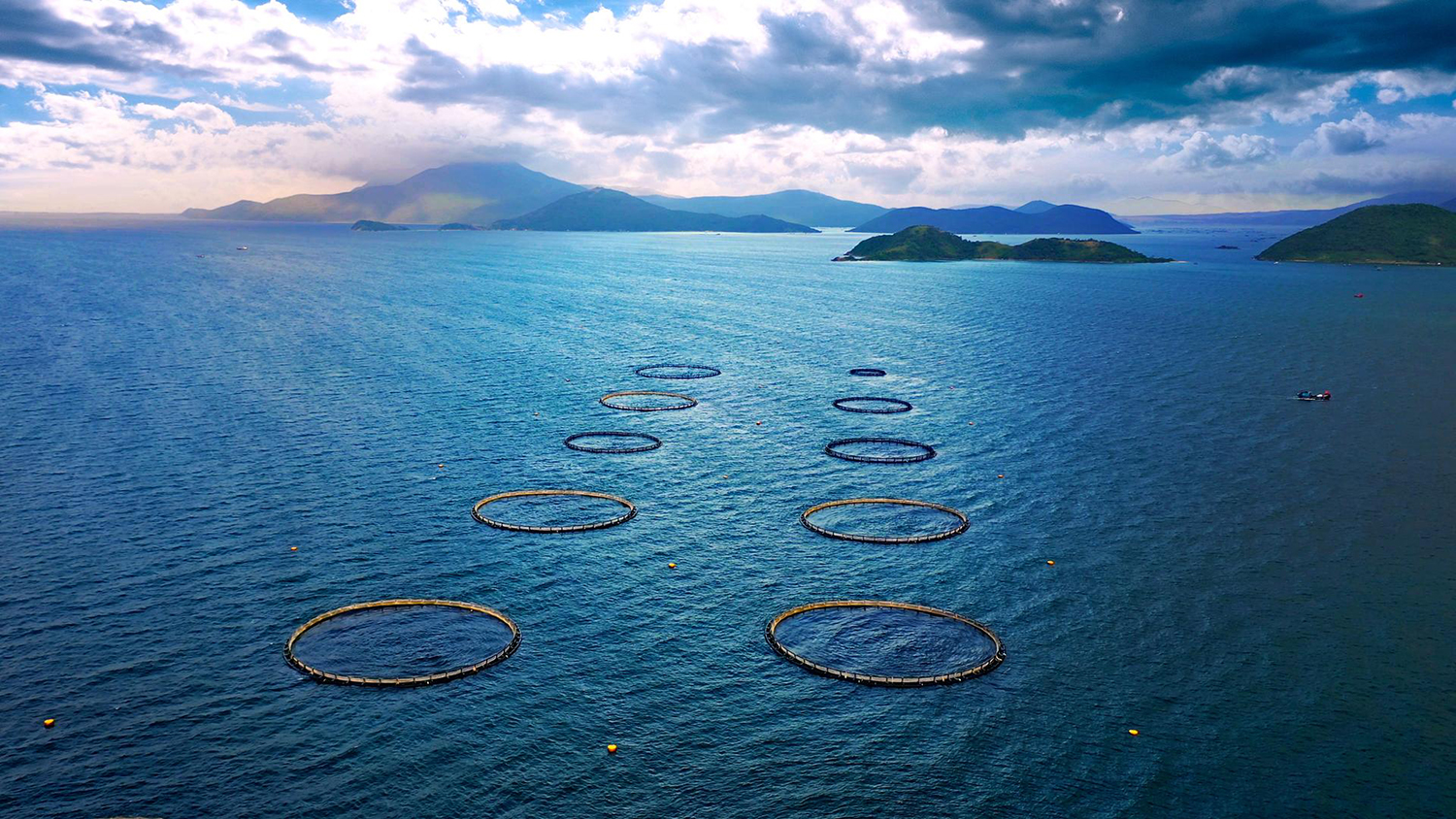
An uptick in marine heatwaves is causing consternation in salmon aquaculture circles. As Binyam Sime Dagnachew of the Norwegian Institute of Food, Fisheries and Aquaculture Research told Hakai Magazine last September, water temperatures nearing 68 degrees-F (20 degrees-C) cause Atlantic salmon to stop eating, then stop growing, in addition to other stress-related impacts. Smaller fish isn’t the worst possible outcome, although up-to-five-kilo fish are considered marketable size; but fish die-offs become more probable above those rising ocean temperatures.
With long-term ocean warming being “relentlessly” felt in the Atlantic Ocean, according to the lead author of a new paper published in Advances in Atmospheric Sciences, researchers are experimenting with breeding stock that can survive rising, as well as fluctuating, ocean temperatures.
Is this the best way to ensure a reliable supply of seafood for an American public that’s inching towards increased consumption? Josh Goldman, the co-founder of Australis Aquaculture, doesn’t necessarily believe it is.
“The smart places to grow fish are where we have thermally stable conditions and that generally means cold water or warm water, where the fluctuations are less than in the temperate zone,” says Goldman. When you breed for more heat-tolerant salmon, “You’re racing against nature.”
Additionally, Goldman points out that even absent climate change and its impacts on ocean temperatures, “salmon farming is running out of traditional geographies, and a lot of those geographies are contested for ecological reasons.” The IPCC’s newly released sixth assessment climate change report, for example, reported a high risk of extinction for marine invertebrates and fish due to warming that’s reducing the availability of “thermal refugia,” along with the exceeding of resilience limits for marine ecosystems.
In starting Australis, Goldman sought to more broadly consider the concept of heat-tolerant fish; since 2010 he’s been raising barramundi, a.k.a. Asian sea bass, in a combined on-land nursery tank/offshore net pen system in Vietnam’s Vân Phong Bay. In addition to working with a fish that is already adapted to tropical temperatures – “Marine heatwave? Bring it on because this fish loves heat!” – Goldman says there are other benefits to his approach.
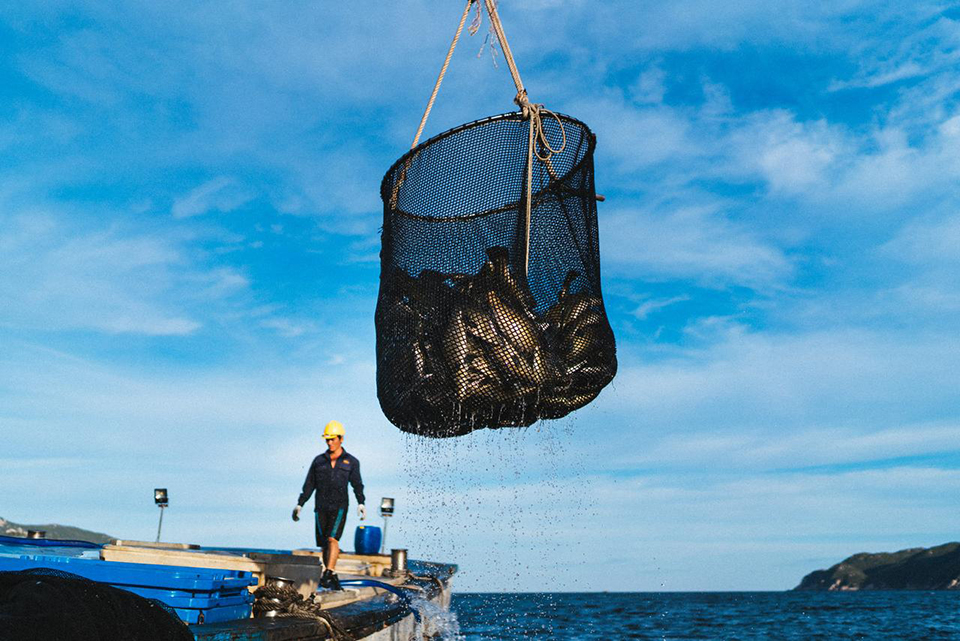
“Investments over the last four decades in salmon farming have a lot of applicability to tropical marine aquaculture for scaling using a set of technologies that’s really well-proven and very cost-effective,” he says. “We don’t have to go through the huge learning and risk uncertainties that come with going into the open ocean, [for example], which is a very technically complex journey.”
Other seafood companies are also banking on the resilience of tropical fish species bred in tropical oceans, such as Open Blue, which raises cobia off the coast of Panama. And some of these companies emphasize the sustainability of their product. Australis, whose barramundi is widely available in outlets like Whole Foods and Costco, cites low disease vulnerability, a plant-based diet and the low-carbon shipping of frozen filets, the latter of which cuts down on consumer waste, some claim.
Not everyone is convinced that ramping up the production of tropical fish for export is truly the most sustainable approach aquaculture could be taking.
“For an industry that is so dependent on the environment, to basically give up on the environment and just say, ‘What do we do next?’ is a little disheartening,” says Michael Tlusty, associate professor of sustainability and food solutions for the University of Massachusetts Boston. “Why are we facing problems with salmon? It’s because of climate change. And yet, all we’re looking at doing is trying to switch to what’s the next species we can sell as opposed to [being] a leader in discussing how not to screw the environment so much that we can’t produce salmon anymore.”
Marine heatwave? Bring it on because this fish loves heat!
Tlusty thinks salmon aquaculture environments, even with ocean warming, might still be able to continue producing the 32 million pounds of fish that are raised in the U.S. annually. But not without some significant changes. For starters, there’s the need to develop aquafeed supplies that have less impact, “so we can try to create a little resiliency that way,” Tlusty says while pointing out that the technology for this exists, and is improving. For example, the fish-free feed F3 Challenge that tapped researchers to come up with nutritionally equivalent replacements for fishmeal and fish oil, such as black soldier fly larvae and fermented, full-fat soybeans, among other solutions.
Another way to reduce impacts, Tlusty argues, is simply by producing smaller fish. This, he explains, would lead to a feed conversion ratio benefit since “the fish are more efficient because they’re younger [with faster metabolisms], and you can get more biomass off the farm by growing the animals at a faster rate.” This could yield three cycles per year rather than two, and also cut down on mortalities, since there’s less time for diseases to develop. “Why even sell a five-kilo fish?” Tlusty asks, when large fish are not needed to reproduce in an aquaculture system.
The reason is partly eye appeal: Chefs want larger fish so they can get the greatest number of uniform-size pieces to make cooking times in their kitchens uniform as well. And restaurant customers have come to expect a large piece of protein at the center of their plate. The solution might be better consumer education about not needing to consume such large quantities of protein. The human- and planetary-health need to reduce beef consumption is already happening in the meat sector; why not the fish sector as well, he wonders?
With stressors other than heat, like lower oxygen levels, on track to adversely affect aquaculture as ocean temperatures rise, Tlusty says the best thing the aquaculture industry can do to ensure its continued existence is to work to stop climate change, “and just keep doing salmon the way we’re doing. That should be at the center of every message: Let’s do everything we can to stop climate change.”
Follow the Advocate on Twitter @GSA_Advocate
Now that you've reached the end of the article ...
… please consider supporting GSA’s mission to advance responsible seafood practices through education, advocacy and third-party assurances. The Advocate aims to document the evolution of responsible seafood practices and share the expansive knowledge of our vast network of contributors.
By becoming a Global Seafood Alliance member, you’re ensuring that all of the pre-competitive work we do through member benefits, resources and events can continue. Individual membership costs just $50 a year.
Not a GSA member? Join us.
Author
-

Lela Nargi
Lela Nargi is a Brooklyn, N.Y.-based veteran freelance journalist covering the food system, social justice issues, science/environment, and the places where those topics intersect for The Guardian, Civil Eats, City Monitor, JSTOR Daily, Sierra, Hakai, and Ensia, among other outlets; she’s currently contributing writer for The Counter. You can find her at lelanargi.com and on Twitter @LelaNargi.
Tagged With
Related Posts
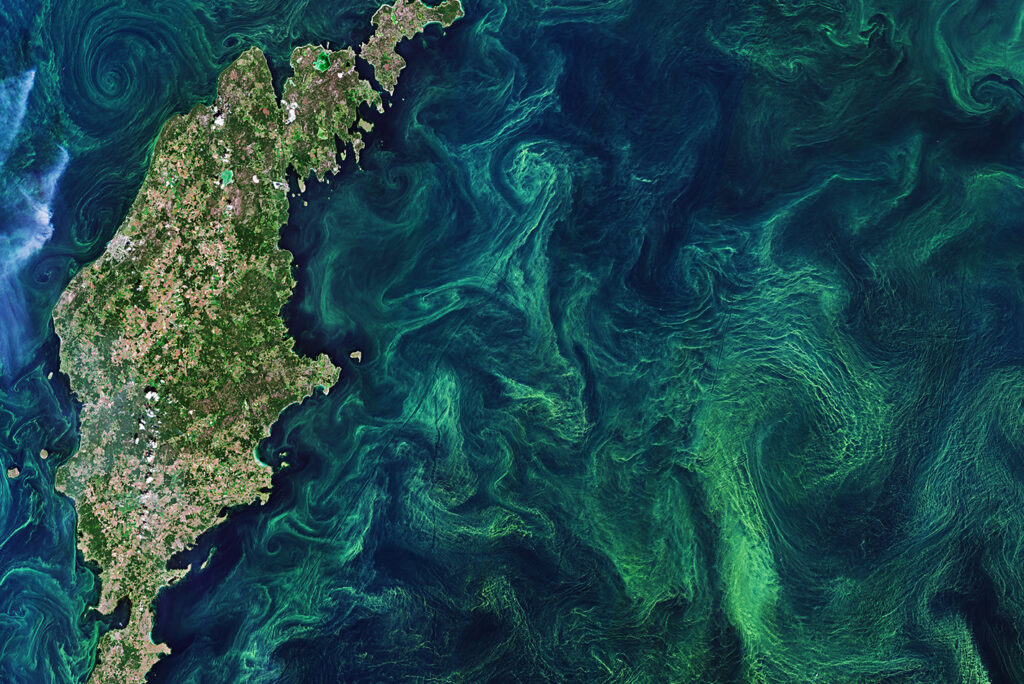
Fisheries
Increasingly frequent and costly, marine heatwaves are testing the resilience of fisheries and aquaculture
Marine heatwaves have already caused severe losses for seafood, but in some cases, the industry may see some benefits from these events.
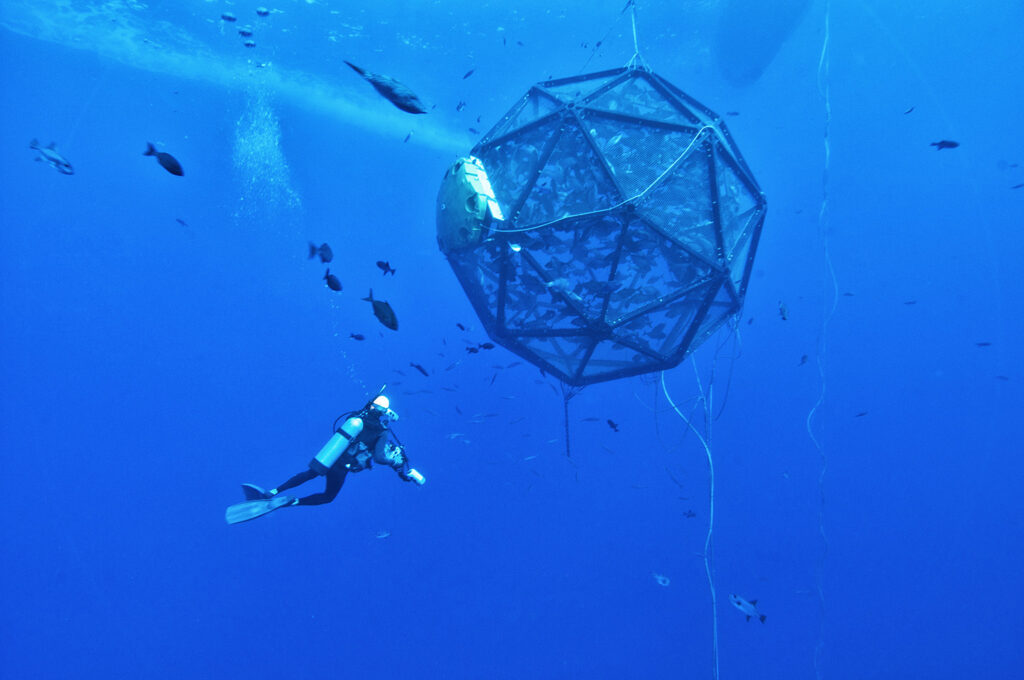
Intelligence
Offshore aquaculture offers a climate change solution, but can farms withstand severe weather events?
The success of open-ocean aquaculture depends on structures that can withstand extreme waves and harsh winds linked to climate change.
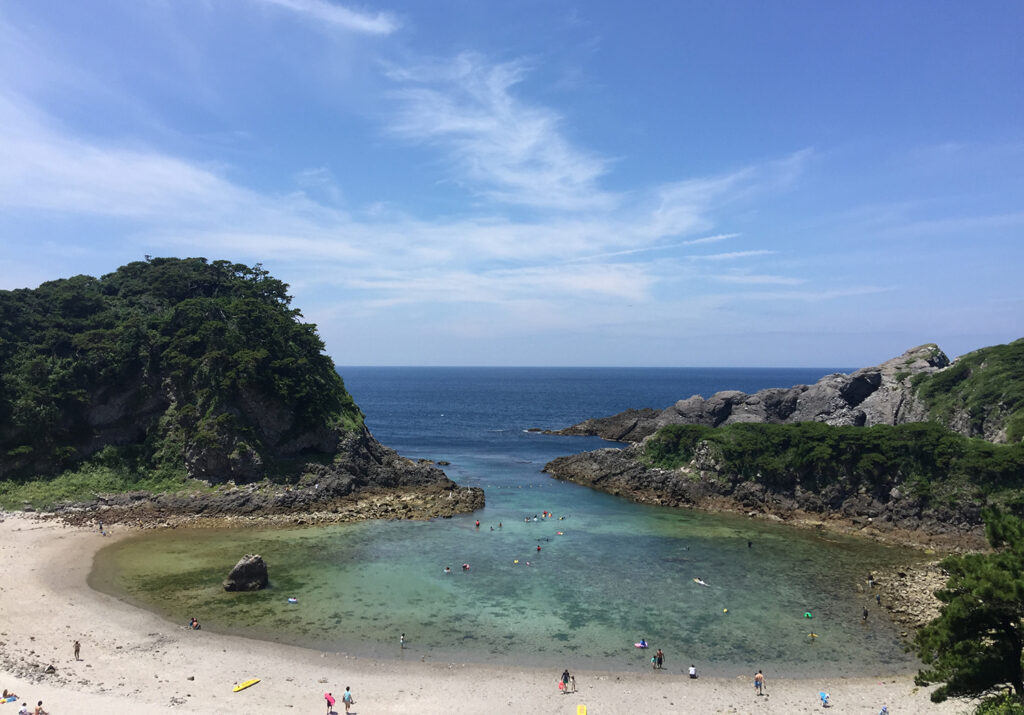
Responsibility
Is a Japanese volcano offering us a sneak preview of ocean acidification?
Shikinejima is a scenic getaway for tourists but the seas surrounding its volcano offer a glimpse of how the ocean could behave in the future.
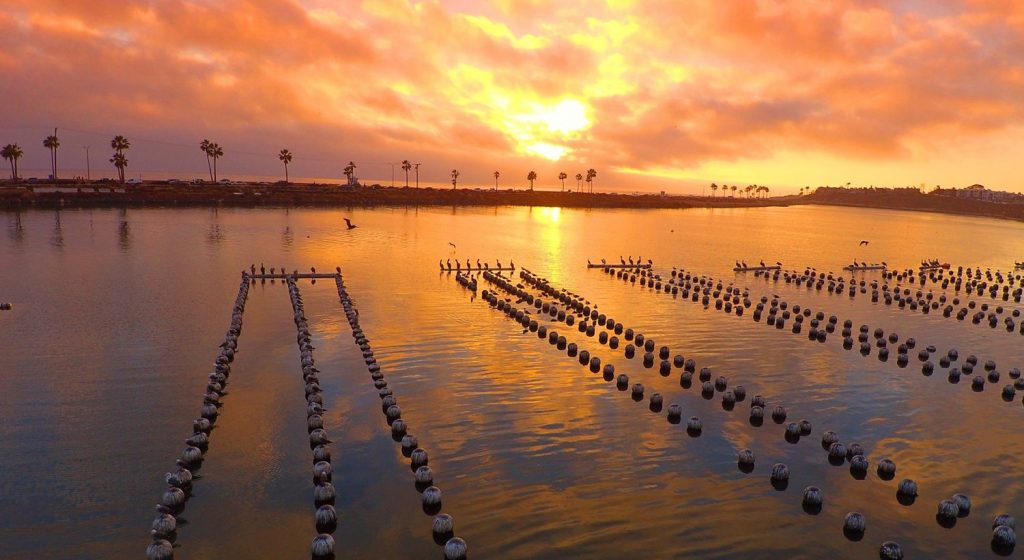
Responsibility
As ocean acidification threatens the shellfish industry, this California oyster farm is raising oysters resistant to climate change
Despite the dangers to shellfish posed by ocean acidification, a forward-thinking California oyster farm is producing oysters resistant to climate change.


